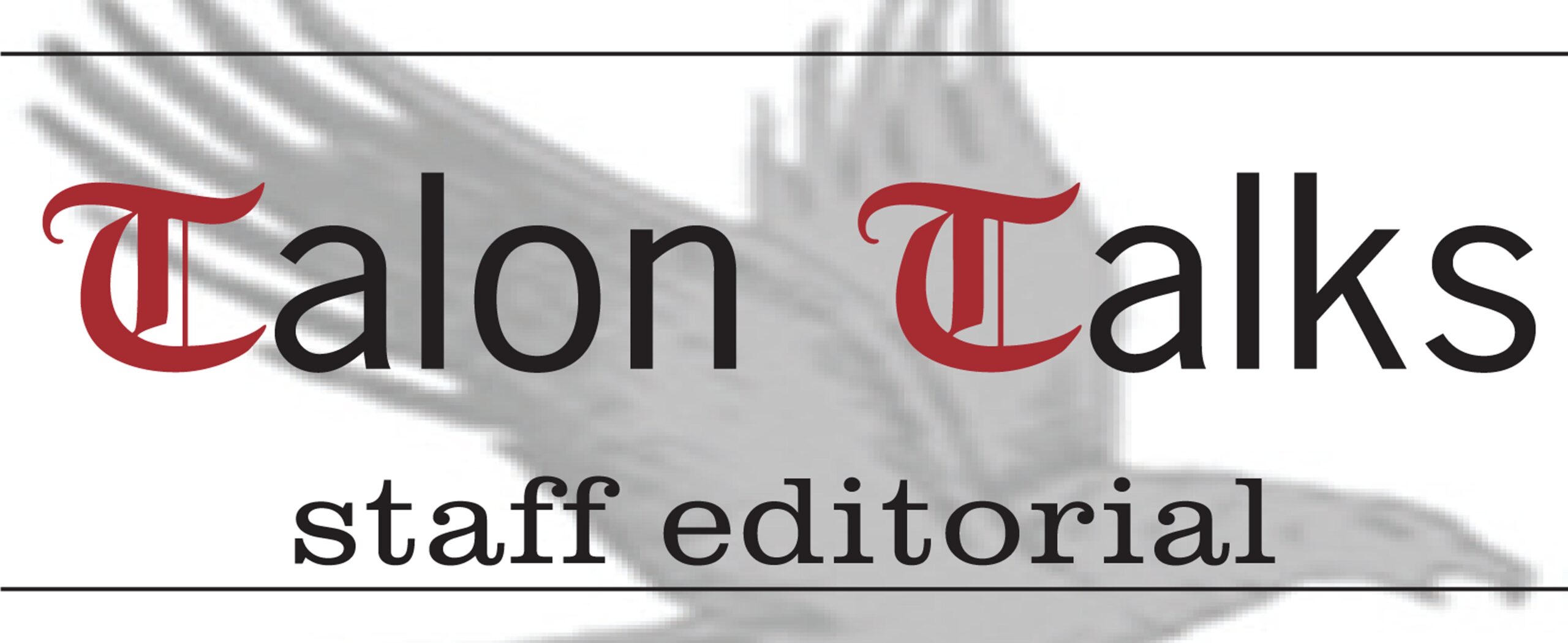Addressing the storming of the Capitol
A failure in execution and preparation allowed the “Stop the Steal” protesters to breach the Capitol building on Jan. 6.
It’s not clear whether the Capitol Police treated the protesters passively because they were white or rather because officers have become ambivalent about using force since the events last summer.
Sympathizers of the people who caused January 6th’s chaos have also compared the protests and conflict last summer to the insurrection at the Capitol. This argument fails to account for the reasoning behind both protests (racial injustice vs. a disproved conspiracy theory), not to mention that it was an attack on democracy.
Either way, America is fortunate that the first people to cause an insurrection had no plan once they entered the Capitol building. To be fair, this probably wasn’t the first wildly ambitious plan they’d cooked up over Parler, but it probably was the first one to succeed.
Insurrection is a grave act, but Americans shouldn’t fear the guy waving and holding the House Chamber’s podium.
The true villains are the instigators who regularly feed misinformation over the internet to masses of these people, because they can’t be discredited in their own echo-chamber.
Rumors and half-truths were once a mild crime, but now that one rumor can escalate to a viral tweet over a platform where no one understands the context, the bar needs to be set higher. People need to be held accountable for spreading misinformation, even if it seems harmless (to an extent, obviously).
If there’s anything that can cripple our country more than polarization, it’s apathy.

